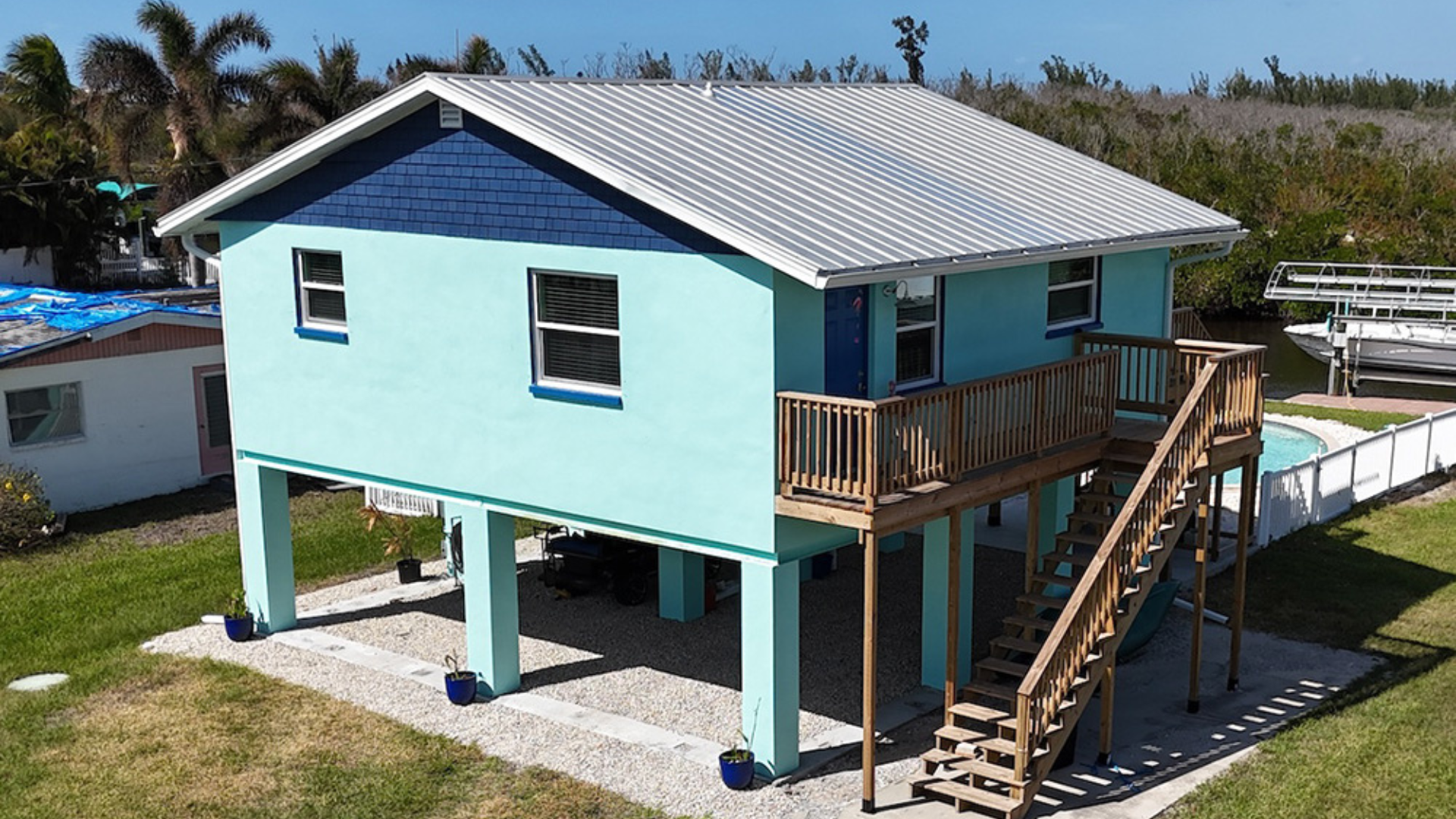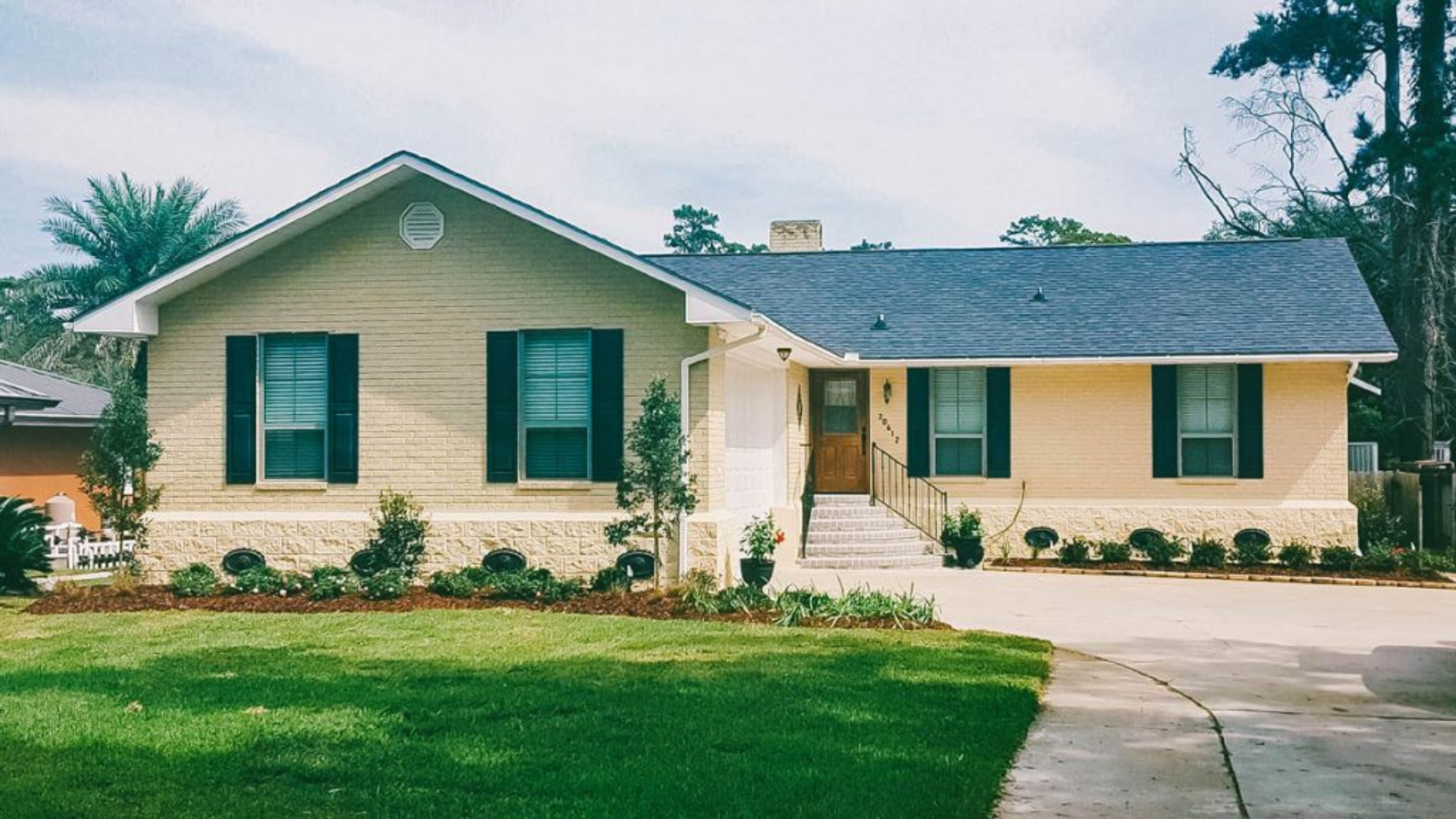Introductio
Raising a house isn’t just about solving immediate structural or flooding issues—it’s about investing in the long-term safety, stability, and value of your home. Whether you’re facing frequent flooding, soil shifting, or foundation damage, house raising offers a powerful solution. In this post, we’ll walk you through why house raising matters, how it works, what it costs, and how it benefits both your safety and your investment.
Why Homeowners Choose House Raising
1. Flood Protection
Raising a home above base flood elevation can drastically reduce the risk of water damage and lower flood insurance premiums.
2. Foundation Damage
Older homes or those built on unstable soil may suffer from settling. Raising the home allows access for foundation repair or replacement.
3. Code Compliance
In flood-prone areas, FEMA and local building codes may require homes to be elevated after substantial damage.
4. Added Space
Some homeowners raise their homes to add parking, storage, or living space underneath.
How the House Raising Process Works
The house raising process involves precise engineering and step-by-step coordination:
Step 1: Inspection & Planning
Structural engineers and elevation experts assess the property and develop a lift plan.
Step 2: Permitting
Local permits and FEMA elevation requirements are addressed to ensure compliance.
Step 3: Site Prep
Utilities are disconnected, vegetation cleared, and support beams are prepped.
Step 4: Lifting the Home
Hydraulic jacks and steel beams slowly and safely lift the house above the desired level.
Step 5: Foundation Work
A new foundation or piers are installed at the elevated height.
Step 6: Securing & Reconnecting
The house is secured on its new foundation, utilities are reconnected, and final inspections are completed.
Table: House Raising Overview
| Component | Description | Timeline |
|---|---|---|
| Initial Assessment | Site inspection and soil review | 1–2 days |
| Engineering & Permits | Structural planning and local approvals | 1–3 weeks |
| Lifting Preparation | Utility removal, clearance, and jack placement | 2–4 days |
| Elevation & Bracing | Actual lifting and temporary support | 3–7 days |
| Foundation Installation | New slab, crawlspace, or pier system | 1–2 weeks |
| Finalization | Securing, reconnecting utilities, inspection | 3–5 days |
Costs of House Raising
House raising costs vary depending on location, foundation type, elevation height, and additional services like drainage or utility relocation. On average:
- $10,000–$30,000 for basic lifts (short height, no foundation replacement)
- $30,000–$80,000+ for full elevation with new foundation and structural repairs
Benefits That Outweigh the Investment
✅ Flood Insurance Savings
Elevating a home in a FEMA flood zone can reduce annual insurance premiums by thousands.
✅ Increased Property Value
Raised homes are seen as safer investments in flood-prone regions, which boosts resale value.
✅ Peace of Mind
Living in a structurally sound, code-compliant elevated home gives lasting comfort and security.
Common Mistakes to Avoid
- Skipping Soil Analysis – Weak or shifting soil can lead to post-lift instability.
- Not Getting Proper Permits – Non-compliance with elevation requirements can result in fines or insurance issues.
- Hiring Non-specialists – Choose licensed and insured professionals with house raising experience.
When Is the Right Time to Raise a Home?
- After a major flood
- When foundation cracks become visible
- When planning a home renovation or addition
- Before selling in a flood-prone market
What to Ask a House Raising Contractor
- Are you licensed and insured for structural elevation?
- How many similar projects have you completed?
- What type of foundation system do you recommend for my soil?
- How will utilities be handled during the lift?
- Can you provide references or site photos?
Frequently Asked Questions
❓ Will my home be damaged during the lift?
A professional team will use controlled hydraulic lifts and structural bracing to prevent damage.
❓ Do I need to move out?
Usually yes—at least temporarily during lifting, foundation work, and reconnections.
❓ How long will I be displaced?
On average 2–4 weeks, depending on weather, inspection schedules, and lift complexity.
Conclusion
House raising is one of the most effective ways to future-proof your property. From protecting against floods to correcting structural issues and increasing home value, it’s a proactive investment in your family’s safety and peace of mind.
If you’re considering house lifting, work with experienced professionals who understand every angle—from soil and structure to compliance and craftsmanship.




